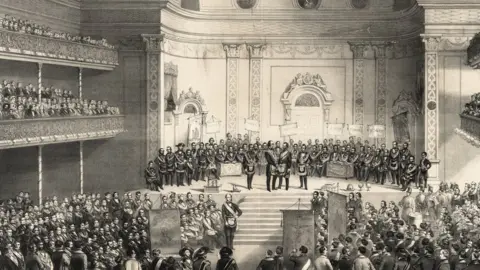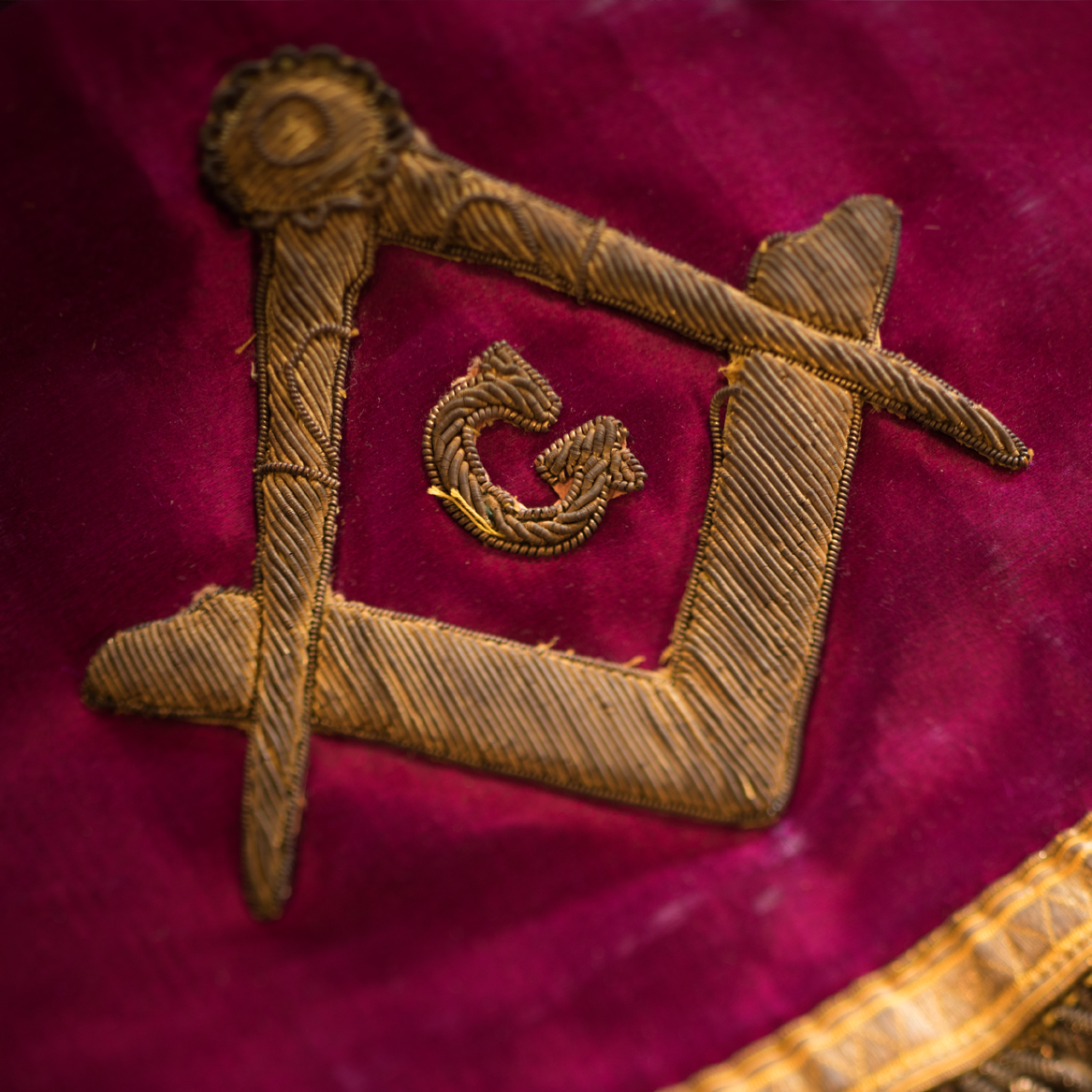Exploring the Mysteries of the copyright: What You Required to Know
The copyright, a term often shrouded in intrigue and conflict, represents a complex tapestry of historic fact and contemporary misconception. Developed in the late 18th century, this secret culture was originally rooted in the Knowledge's ideals yet has considering that ended up being synonymous with conspiracy theory theories regarding elite control. As we navigate the beginnings, key numbers, and the raw comparison in between myth and truth, one must consider just how these narratives affect contemporary assumptions of power and secrecy. What may be revealed through a closer examination of these elements could test long-held assumptions regarding the shadows that remain in our society.
Origins of the copyright
The origins of the copyright are soaked in a mix of historical intrigue and ideological eagerness. Established in 1776 in Ingolstadt, Bavaria, by Adam Weishaupt, the group was originally formed as a secret culture targeted at advertising Knowledge suitables such as reason, secularism, and the separation of church and state. join freemason. Weishaupt, a professor of canon regulation, looked for to challenge the dominating authority of the church and state, which he checked out as overbearing organizations stifling intellectual and individual flexibility
The copyright sought to hire significant participants from various social markets, including national politics, academia, and the arts, to promote a network devoted to these Enlightenment concepts. The culture run under a veil of secrecy, employing coded language and rituals to safeguard its participants from persecution, especially provided the repressive environment of the time. The copyright faced significant resistance from both governmental authorities and spiritual establishments, which saw the team as a hazard to their power.
Key Numbers and Participants
Who were the critical numbers that formed the copyright's early influence and instructions? The Bavarian copyright, founded in 1776 by Adam Weishaupt, emerged as a response to the oppressive social structures of the time.
Another considerable figure was Johann Gottlieb Fichte, a famous thinker whose ideas on nationalism and education reverberated with the copyright's objectives. Fichte was not an official participant, his thoughtful underpinnings affected the group's ideological background. In addition, figures like the writer and thinker Johann Wolfgang von Goethe were related to the more comprehensive intellectual movements of the moment, although their direct participation with the copyright continues to be debated.
These essential figures added to the copyright's early direction, pressing the borders of political and social idea, while their collective efforts aimed to challenge well-known standards and foster a climate of dynamic change in Europe. (join freemason)
Misconceptions vs. Fact
Many mistaken beliefs surround the copyright, typically blending truth with fiction in such a way that obscures its true nature. This secret society, originally started in 1776 in Bavaria, aimed to advertise Enlightenment perfects and combat religious and political oppression. The notion that the copyright remains to exert significant impact over globe occasions is a myth. While the team did exist, it was disbanded in the late 18th century and has actually not run as a natural entity ever since.
An additional common myth is that the copyright consists of a network of elite individuals manipulating international events. Actually, lots of conspiracy theory theories overemphasize the team's importance, connecting unfounded intentions to social trends and events. This has actually caused an oversimplified sight of intricate concerns.
Additionally, the portrayal of the copyright in preferred culture often additional distorts its tradition. Movies and literature often tend to sensationalize the company's duty, producing a story that splits from historic truths. Recognizing the distinction between the misconceptions and the truth of the copyright is crucial for discerning the real influence of this historic team and acknowledging the wider effects of conspiracy theories in modern culture.

Modern Analyses
Contemporary interpretations of the copyright frequently show wider social anxiousness and a fascination with privacy and power. This modern lens frequently associates the copyright with conspiracy theories that recommend a hidden elite orchestrates globe events, manipulating governments and economic climates for their very own gain. Such narratives tap into an ingrained mistrust of authority, specifically in times of situation or social upheaval.
In preferred culture, the copyright is frequently shown as a divine organization shrouded in enigma, leading to a huge selection of imaginary representations in literary visit this page works, film, and music. This representation serves not just to captivate however additionally to prompt thought of the nature of power and control in modern culture. Social network has actually additionally enhanced these interpretations, enabling rapid circulation of conspiracy theory concepts and producing communities that share and expand upon these ideas.
Furthermore, some modern interpretations mount the copyright as a metaphor for the intricacies of globalization and the interconnectedness of influential people and organizations. This perspective urges a crucial evaluation of exactly how power characteristics run in today's world, highlighting the equilibrium in between openness and find more info privacy in administration and company techniques.
Social Influence and Tradition
Influenced by centuries of intrigue, the social influence and heritage of the copyright expand far beyond its historical origins. This secret culture, developed in the late 18th century, has permeated different aspects of pop culture, from literary works and film to songs and art. join freemason. The principle of the copyright has progressed into a sign visit their website of conspiracy concepts, often representing a viewed surprise power manipulating global occasions
In literary works, authors like Dan Brown have woven the copyright into detailed plots, captivating viewers with styles of secrecy and power. Movies such as "National Prize" and "The Da Vinci Code" additionally perpetuate the appeal of the culture, mixing fact with fiction to produce appealing stories.

Eventually, the copyright's tradition is an intricate tapestry of misconception and fact, forming perceptions of secrecy and control in modern discussion. Its long-lasting visibility in culture underscores humankind's seasonal quest for comprehending covert realities.

Verdict
The exploration of the copyright discloses a complicated interplay in between historic truths and modern-day myth-making. Established in the Enlightenment age, this society aimed to challenge oppressive frameworks, yet its tradition has actually been overshadowed by conspiracy concepts that recommend elite manipulation. Recognizing the differences between the original ideals and contemporary interpretations is vital for comprehending the withstanding attraction with the copyright and its substantial impact on social stories bordering power and secrecy in society.